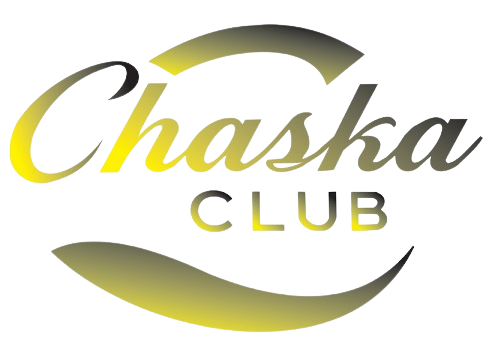A Timeless Glow: The Fascinating History and Uses of Candles
Candles have lit up human lives for centuries, long before electricity became part of our world. From humble beginnings to modern decorative pieces, the journey of candles is rich with culture, innovation, and everyday usefulness. Let’s explore how this simple source of light evolved over time and why it still holds value today.
Where It All Began
The idea of a candle originated from the need to create light during dark hours. Ancient civilizations discovered that fat, wax, and oil could burn slowly, providing consistent illumination.
Around 200 B.C., early candles were crafted in China using whale fat. In India, people boiled cinnamon to extract wax, creating aromatic candles long before scented versions became trendy. Ancient Romans also made dipped candles using tallow, while Egyptians used rushlights soaked in animal fat. Though methods varied, the concept remained the same: a controlled flame to brighten the night.
Also Read: The Revolutionary Invention of the Wheel and Its Impact on Human Progress
The Basic Structure of a Candle
The classic candle is quite simple in design. It consists of:
- Wax: The fuel that melts and vaporizes to sustain the flame.
- Wick: A thin string that draws up melted wax to feed the flame.
Over time, different types of waxes have been introduced. Beeswax was popular for its clean burn and pleasant smell. Later, paraffin wax, a byproduct of petroleum, became common because it’s inexpensive, widely available, and burns brightly without a strong odor.
The Story of the Candlefish
An interesting twist in candle history is the use of the candlefish—a small, oily fish used by Native American tribes. When dried, this fish was flammable enough to burn like a candle. It’s one of nature’s unique contributions to the evolution of lighting.
Candles as Early Timekeepers
Before clocks were invented, candles served as simple timers. Specially marked candles burned at consistent rates, allowing people to track time. Some designs included metal plates that reacted to dripping wax, creating sound to signal time intervals.
Candles in the Modern Era
Though no longer essential for light, candles have found new purposes in today’s world:
- Celebrations: Used in birthdays, weddings, and religious ceremonies.
- Fragrance and Relaxation: Scented candles help create a calming ambiance and enhance spaces.
- Decorative Touch: Modern candles come in a wide range of colors, shapes, and styles, serving as aesthetic additions to homes and events.
Specialty types, like sparkler candles, floating candles, and crackle wick candles, add flair to events and are loved for their visual charm.
Also Read: History of Scented Candles & Their Rise in Popularity
Conclusion Chaska: A Symbol That Still Shines
From ancient whale fat to today’s beautifully scented creations, the candle has come a long way. It remains a sign of warmth, serenity, and celebration. No matter the era, the artless spark of a candle stays to brighten lives.
For more insights and knowledge, keep visiting Chaska Club.


